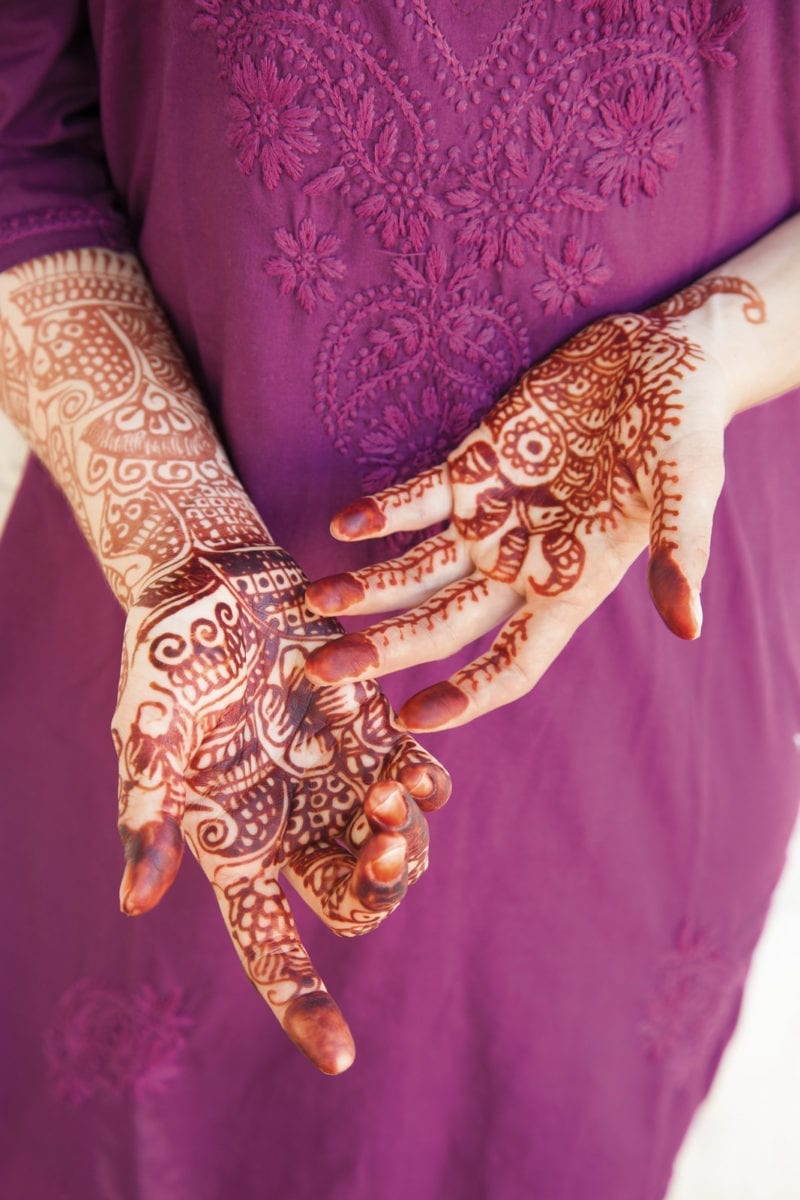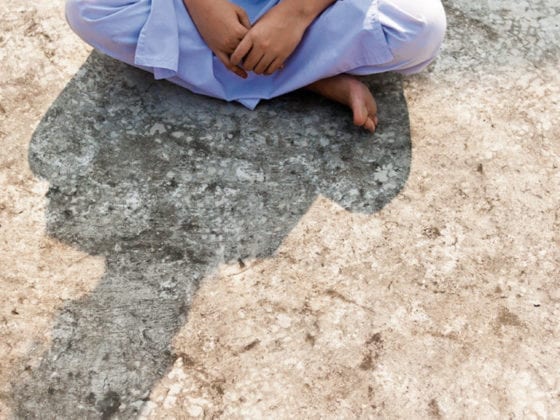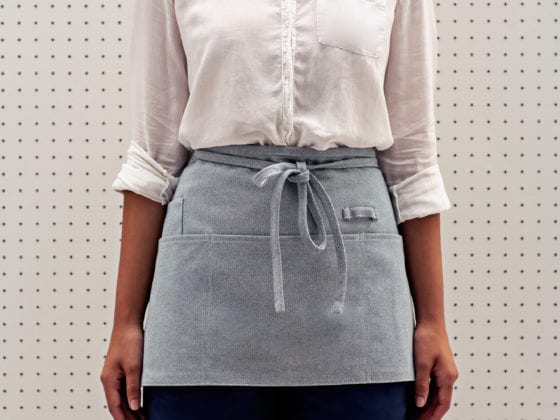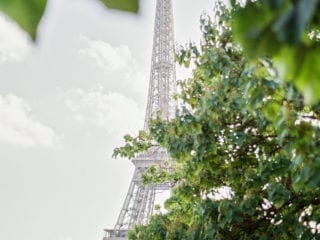When I first arrived in California, I did not notice at first what was missing. I knew it was something I grew up with—the thick scent of a perfume, a gush of mountain air, a whiff of a home-cooked meal. Only when I began to look around for the source did I realize what it was—the inescapable presence of a veiled head, a pair of startling green eyes, thick black lashes and hands painted with brick-red henna.
An image grown so dim in familiarity, I was nearly blinded by their sudden spotlight on the streets of Los Angeles. The stark, protruding prominence of thick, cloaked black garments against graffitied walls, tank tops and short shorts, neon signs and open-air day bars. The women were currying down the block, sometimes with a kid in tow, sometimes clutching their leather purses. It was then that I knew what was missing from my new home, the one thing that had signified “home” for years—a thriving, leisurely, communal presence of Arab culture.
It is tricky to even define, let alone describe what “Arab” culture really is. It is a loose term that covers linguistic, but not necessarily ethnic or even regional commonalities. Even in Abu Dhabi, where I lived, the overarching culture was marked not only by local Emiratis, but a collective hub of Egyptians, Syrians, Lebanese, Saudi, Bahranis, Jordanians and more. Add to that the influence of expats from every other continent, and you have an impossibly complex mix of cultures that cannot be easily picked apart.
The overarching culture was marked not only by local Emiratis, but a collective hub of Egyptians, Syrians, Lebanese, Saudi, Bahranis, Jordanians and more.
To keep from overstepping boundaries, I will speak specifically of what I have observed and learned from Emirati culture, which many surrounding nations contribute to the culture while also distinguishing themselves. Their strength in both preserving traditional roots while embracing outside perspectives demonstrate what it truly means to be globally-minded: to keep in pace with the ever-rapidly developing world without losing sight of their own identity.
Here are a few things that we can learn from Emirati culture:
Respect other cultures.
An expectation of mutual respect is laid down almost immediately upon arrival. The United Arab Emirates (UAE) prides itself on being a culturally and religiously tolerant nation, especially in relation to the many strict Muslim countries nearby. This mentality creates an international hub, all without ever compromising their own religious beliefs. Just as other cultures and religions are expected to be shown respect, they expect the same of their own spaces of worship.
Emiratis certainly do not permit acts of casual effrontery to their cultural values. They set the example for foreigners to follow—strictly adhered prayer bells, Ramadan public regulations, dress codes and modesty standards. What Americans might call backward-thinking, an impediment on individual privacy, Emiratis declare as an invitation for a co-preservation of customs.
What Americans might call backward-thinking, an impediment on individual privacy, Emiratis declare as an invitation for a co-preservation of customs.
Invite people into your home.
Hospitality is beyond doubt one of the country’s greatest assets, both financially and culturally. There is no lack of courtesy and welcome in the service industry. Go to any restaurant, hotel or store and you’ll find yourself pampered like a queen. That isn’t to say that service workers—many of whom earn low wages and are classified with the country’s lower socioeconomic strata—can’t be subject to abuse from such high standards.
However, it is not only employees who treat their guests with respect. Local Emiratis love inviting people into their homes, and when they do, they, too, don’t hold back. From Arabic coffee and dates to full-on spreads and tea, hosts are generous and inviting.
This hospitable mindset derives from Muslim values, which equate feeding and sheltering a guest to serving God himself. Much of their prized hospitality adopted by the industry can be seen as a reflection of this call to love and serve guests—to the individual home or to their country—with the same respect they pay to their cultures and beliefs.
Learn to have a global mindset.
It is for good reason that the UAE is rising as the Middle East’s global tourist destination. Tourism in cities like Dubai and Abu Dhabi are built with international resonance in mind. Beyond the luxury and splendor of shopping malls and skyscrapers is a real attempt to embrace foreign cultures, particularly in the arts.
Beyond the luxury and splendor of shopping malls and skyscrapers is a real attempt to embrace foreign cultures.
The question always seems to be: What do the citizens of the world, the ideal visitors to the UAE, want next? Aside from constantly innovating and adopting popular franchise phenomenons from around the world (Ladurée, Urth Caffé and Arabica Coffee), they seek to build their own “second-generations” of cultural icons.
Take The Louvre Abu Dhabi, for example. Jean Nouvel’s exquisite and stunningly modern take on the classic Parisian museum—an iconic symbol of art, history and Western civilization—built on the man-made Saadiyat Island. From its locally-inspired, pure white architecture to its diverse range of curated works, this art museum epitomizes the contemporary search for innovation amidst tradition, a new way to see old beauty.
It is not only a second location, but a second possibility to experience a taste of the original. It screams exclusivity with the perfect absence of overwhelming tourists. Tranquil and still, it provides a space to breathe it all in, to observe and to reflect. Both locals and visitors can get a glimpse of Paris, Europe and beyond—all without ever leaving a little island in the middle of the desert.
Have you ever had the opportunity to travel to The United Arab Emirates? What parts of the culture stood out to you? Why?
Image via Sheri Giblin, Darling Issue No. 12











